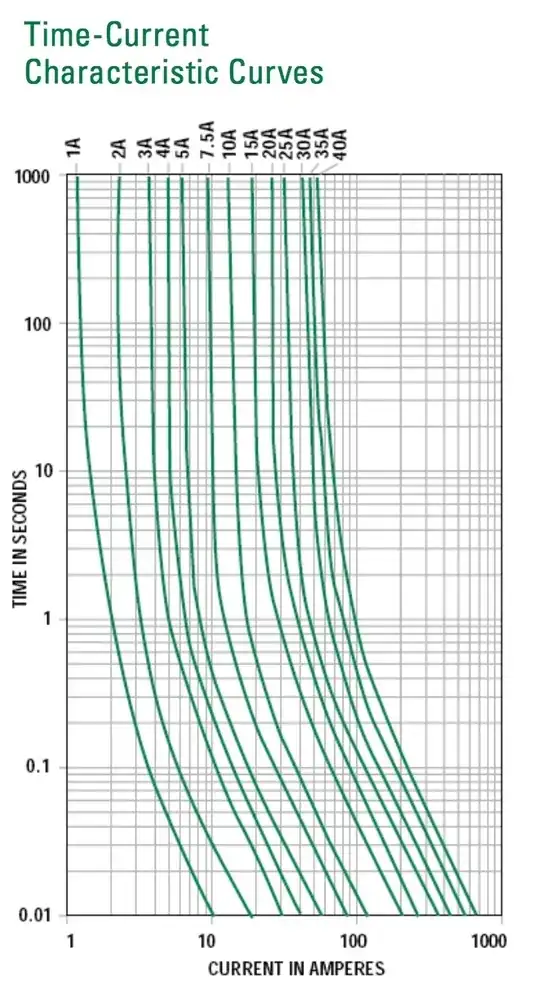The purpose of the fuse is to limit the current in the wire to prevent it from overheating. That could cause the insulation to melt or even start a fire. The other components in the circuit will (should) also selected to handle the same load. So, for example, the accessory outlet should also be able to handle a 20A load. The bottom line is that nothing in the circuit should fail before the fuse.
Since fuses are designed so that they will tolerate a small overload for a long time (hours or even days at around 5% or 10%) and to blow more and more quickly as the overload increases, the other components in the circuit should also have been selected with that in mind. The graph at the bottom shows the relationship between overload and time to blow (trip) for Littlefuse's automotive blade fuses.
Without seeing a schematic for the circuit serving the accessory outlet it's hard to say if the rating is based on an abundance of caution or other loads on the same circuit, or maybe even a bureaucratic limitation. If you can find a schematic for the circuit, check to see if there are other loads. If the outlet is the only load on the circuit, or if the other loads are predictable/controllable (perhaps it serves a front and rear accessory outlet), then you can probably get away with it. Some of the thinking that goes into the rating of the outlet will be avoiding "nuisance trips" – having the fuse blow due to a condition which "shouldn't" blow the fuse. An example of this would be the current inrush that happens when a computer power supply is plugged in.
One possible explanation for the rating might be that Subaru is being conservative – that's not a bad stance for them to take since inverters are typically rated for the amount of power they can deliver, not the amount that they consume. Since an inverter can't be 100% efficient it will need more than 240 Watts of input to produce 240 Watts of output. The current necessary to run the inverter will go up as the input voltage goes down, so derating the outlet by 50% provides some margin there too.
Another factor that could lead to derating the outlet is the desire to allow "headroom" for short term peak loads like motor starting and the current inrush that happens with power supplies.
I think you could safely try out the inverter, the worst that is likely to happen is that you'd blow the fuse. With luck the fuse doesn't also serve the ABS (actually I'd be shocked if it did).

